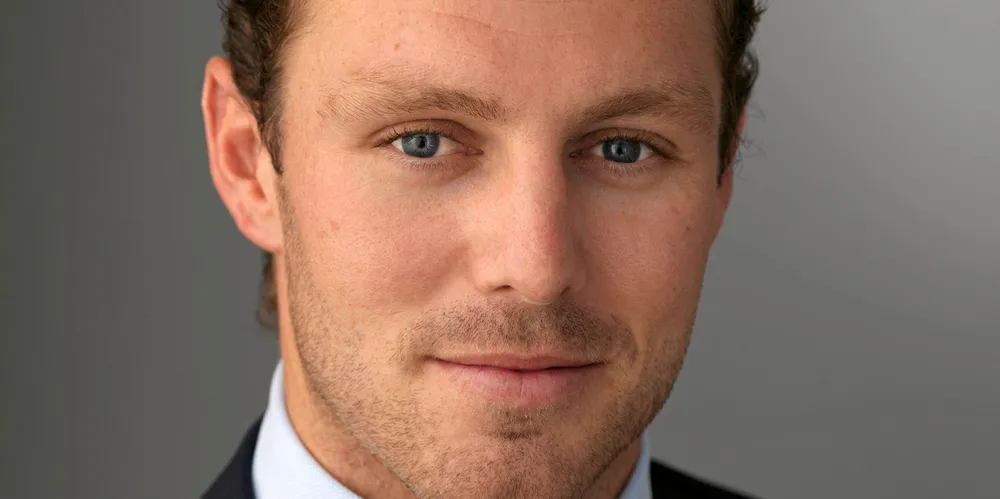Emerald Isle's green hydrogen flagship hires in Worley for engineering on pilot
Irish developer EI-H2’s 50MW lead-off project to decarbonise industrial cluster before being expanded to wire-in 1GW floating wind array for giant e-fuel complex

Developer EI-H2’s plans to build Ireland’s first green hydrogen plant to decarbonise an industrial cluster around Cork harbour as the lead-off phase of a 1GW floating wind-powered e-fuel complex, has moved ahead with the hiring of contractor Worley to the project.
Green is the new black. Subscribe to Accelerate
Get the market insight you need into the global oil & gas industry's energy transition – from the new newsletter from Upstream and Recharge. Sign up here
Worley will carry out engineering for the 50MW pilot project, expected to cost €120m ($145m), which once online will supply 20 tonnes of green hydrogen a day to a “diverse commercial market” while removing 63,000 tonnes of carbon emissions a year.
“We firmly believe that Ireland is incredibly well positioned to become a global leader in green energy. At EI-H2, we believe in partnerships that last. In that context, Worley are the natural choice to develop this key infrastructure,” said Tom Lynch, CEO of EI-H2.
“We are delighted to partner with Worley as we look to deliver Ireland’s first green hydrogen production facility.”
Worley’s VP for power and new energy, Eoghan Quinn, said: “This is an exciting opportunity for Worley to apply our vast experience in delivering the world’s most ground-breaking green hydrogen projects to the Irish market.
“As more renewable energy comes online, Ireland has a strategic role to play in decarbonising Europe. We continue to grow our strong footprint in this geography, supporting our customers to build a more sustainable future.”
The project is slated to be operational before the end of 2023.
“By 2050, green hydrogen will account for 80% of the shipping industry’s energy demand, the vast majority of which will be in the form of green ammonia. The same product will meet an estimated 60% of the aviation sector’s energy demand,” he said.